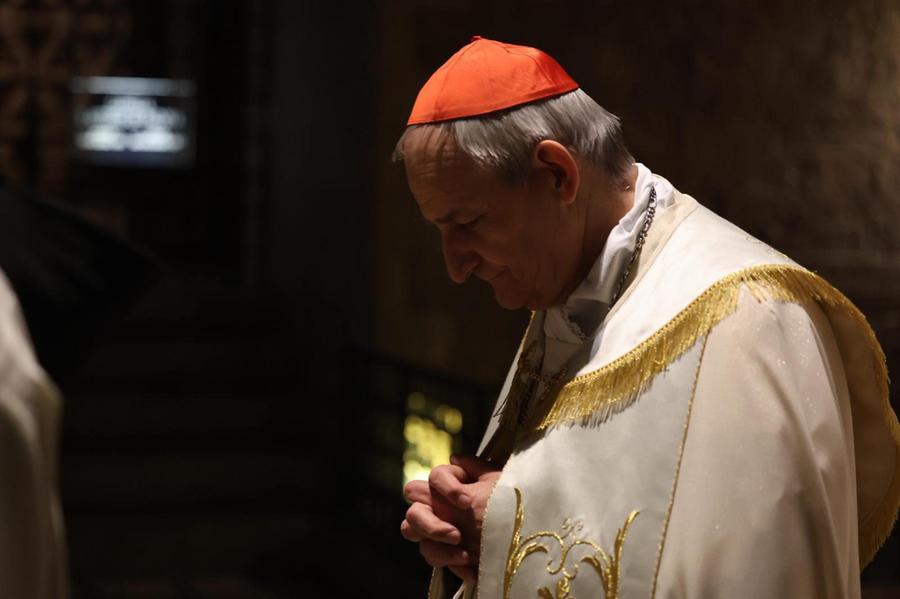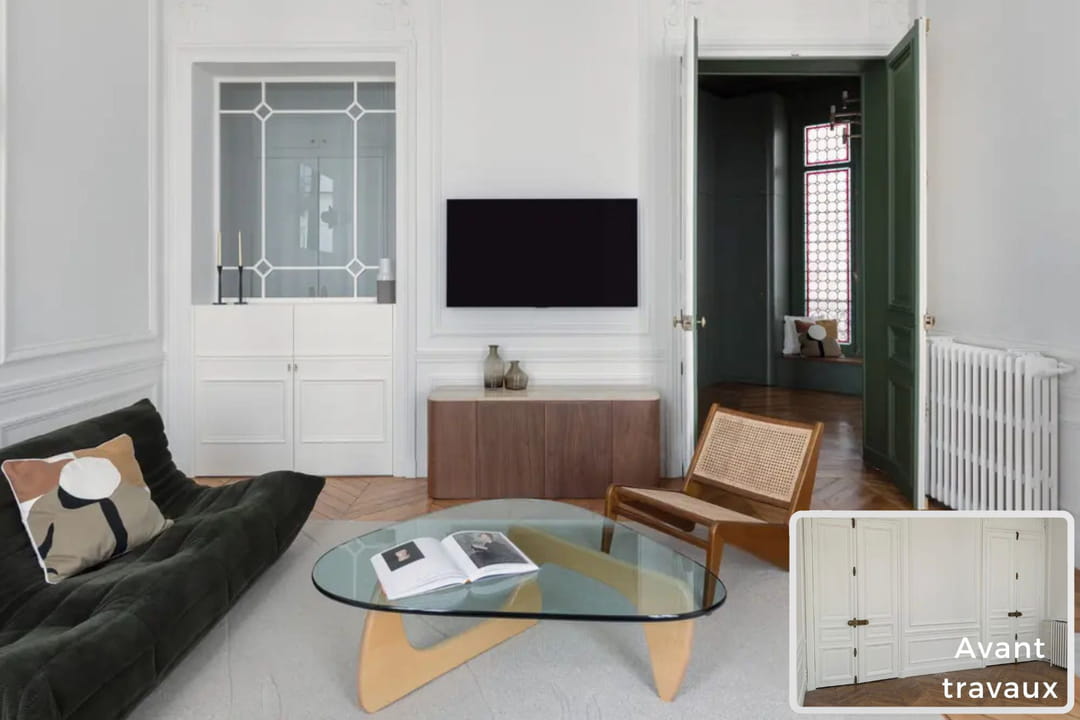What is bare ownership in France?
Definition of property according to the Civil Code
Ownership is defined under article 544 of the Civil Code as ” the right to enjoy and dispose of things in the most absolute manner, provided that they are not used in a manner prohibited by laws or regulations “. Full ownership is broken down into two parts: bare ownership and usufruct.
Usufruct and bare ownership: definition
Usufruct is the right of enjoyment attached to the property: this translates into its daily use, its habitation, but also the possibility of receiving income from it (rent in the event of rental). Bare ownership is the right given to its holder (called the bare owner) to dispose of a property by transferring it free of charge (donation), for a fee (sale) or by bequeathing it.
To which heirs is the attribution of bare ownership?
Dismemberment of property according to the donor’s wishes
The dismemberment of property is a legal act which consists of dividing full ownership into bare ownership and usufruct. It can be planned by the person when drawing up their will. It should not be confused with joint ownership which gives each of the co-owners full ownership of the real estate up to a fraction, their share.
Case of the surviving spouse
It often happens that an inheritance with the presence of a surviving spouse is organized with dismemberment of the property. Thus, the surviving spouse receives usufruct, while the heir children receive bare ownership.
How to give bare ownership to your children?
Make a donation before a notary
To give bare ownership to your children during your lifetime, you must establish this will before a notary (article 931 of the Civil Code). The latter draws up the notarial deed and takes care of the calculation and collection of duties on behalf of the tax administration.
Write a will
The donor can donate the bare ownership by will. However, this deed does not necessarily have to be validated by a notary to be valid. However, it is still preferable to have a notarial deed drawn up in order to avoid any subsequent dispute between the heirs.
What is the difference between the usufructuary and the bare owner?
The usufructuary benefits from the enjoyment of the property
By benefiting from the enjoyment of the property, the usufructuary can live there, leave it free of any occupation or rent it and receive the income from it. (article 582 of the Civil Code).
The bare owner can sell, bequeath or give away the property
The rights of the bare owner are more limited. He can sell, bequeath or give his bare ownership, but the sale of full ownership of the property implies the agreement of the usufructuary.
By definition, the usufruct right expires on the death of its beneficiary (or upon the arrival of a planned term). At this moment, the bare owner then becomes the owner of all the rights. The property becomes full and complete again.
Does the bare owner have to pay inheritance tax?
Inheritance duties to be paid by the bare owner and the usufructuary
Both the bare owner and the usufructuary must pay inheritance tax. The distribution between the two is done according to a tax scale established according to the age of the usufructuary. This scale determines the value of the usufruct and bare ownership to then calculate the inheritance tax.
Tax scale for usufruct and bare ownership
The calculation of rights is based on the value of the property subject to the inheritance, the duration planned for the dismemberment of ownership or failing that, the age of the usufructuary.
The scale is provided for by article 669 of the General Tax Code. It specifies the correlation between the age of the usufructuary, the value of the usufruct and the value of the bare ownership. The percentages set by the table correspond to a portion of the value of the entire property.
How to calculate inheritance tax on bare ownership?
Example of calculation for a property estimated at 200,000 euros
Here is an example of calculation for a property estimated at 200,000 euros, the usufructuary being 32 years old at the time of the inheritance:
- The tax value of the usufruct would then correspond to 70% of the value of the property. For a property worth 200,000 euros, it is equivalent to 140,000 euros.
- Bare ownership corresponds to the remaining 30% of the value of the property, or 60,000 euros.
The inheritance tax payable by the bare owner will therefore not relate to the sum of 200,000 euros (total value of the property) but to the sum of 60,000 euros.
On this amount, the bare owner should technically be subject to payment of tax, but there is a reduction of 100,000 euros for the benefit of donations between parents and children (article 779 of the General Tax Code). So, in this example, the bare owner would not pay tax.
Case where the value of bare ownership is increased to 300,000 euros
Let’s take a second example: if the value of bare ownership was increased to 300,000 euros, the amount subject to inheritance tax would be 200,000 euros after deduction of 100,000 euros. The applicable tax rate for this bracket is 20% (article 777 of the General Tax Code). The calculation is then simply done as follows:
- 200,000 / 100 x 20 = 40,000 euros.
The bare owner would therefore have to pay 40,000 euros in inheritance costs.
What are the advantages of donating bare ownership?
Donating bare ownership to one or more of your children (instead of full ownership) has several advantages:
- Allow the surviving spouse to benefit from the usufruct of the property without any subsequent family discussion or questioning.
- Limit inheritance costs for the benefit of children who become bare owners.
- Acquire real estate at a value below the market price.
- Limit the taxes linked to the occupation of the property, the bare owner not paying the property tax and the housing tax. Let us also point out that bare ownership is not included in the calculation of the real estate wealth tax. Finally, the bare owner is only required to carry out major repairs to the property (article 606 of the Civil Code).
What is a successive usufruct clause?
The successive usufruct clause provides for the transmission of the usufruct. Let’s take an example: you decide, during your lifetime, to give bare ownership of real estate to your child. In doing so, you retain the usufruct. By providing for a successive usufruct clause, you can transfer this usufruct to the surviving spouse upon your death.
>> Our service – Estimate the price of a property (immediate, free and without obligation)











